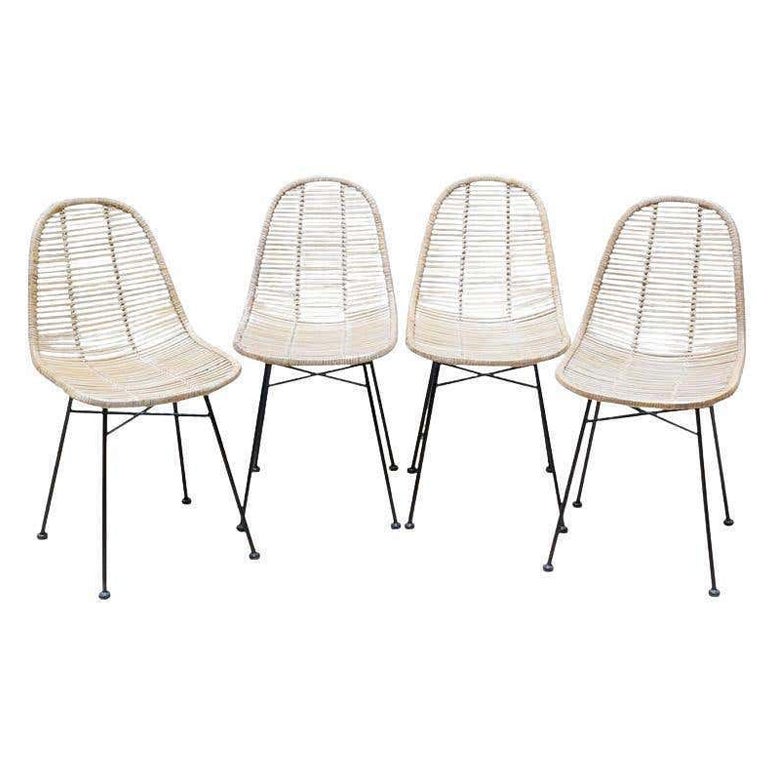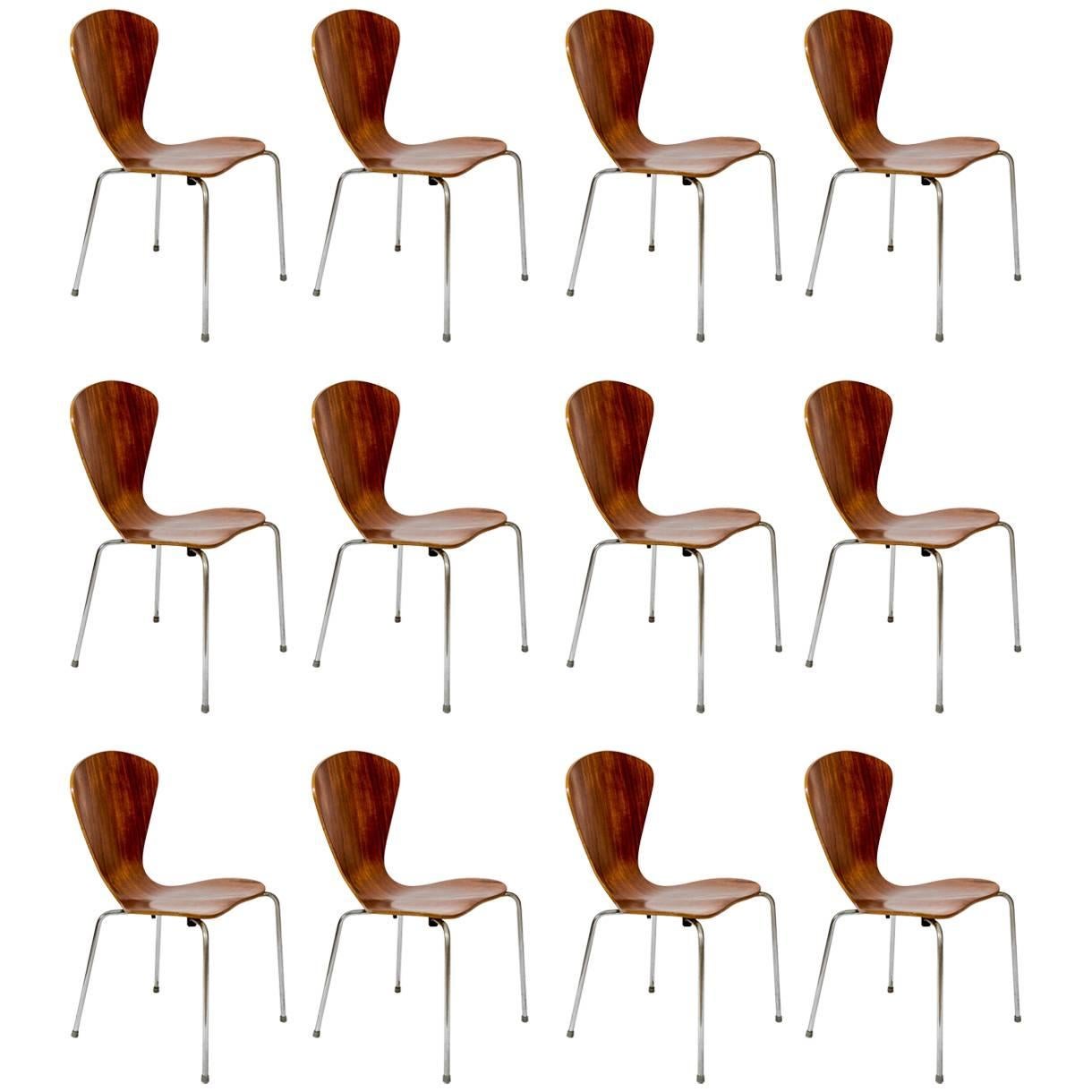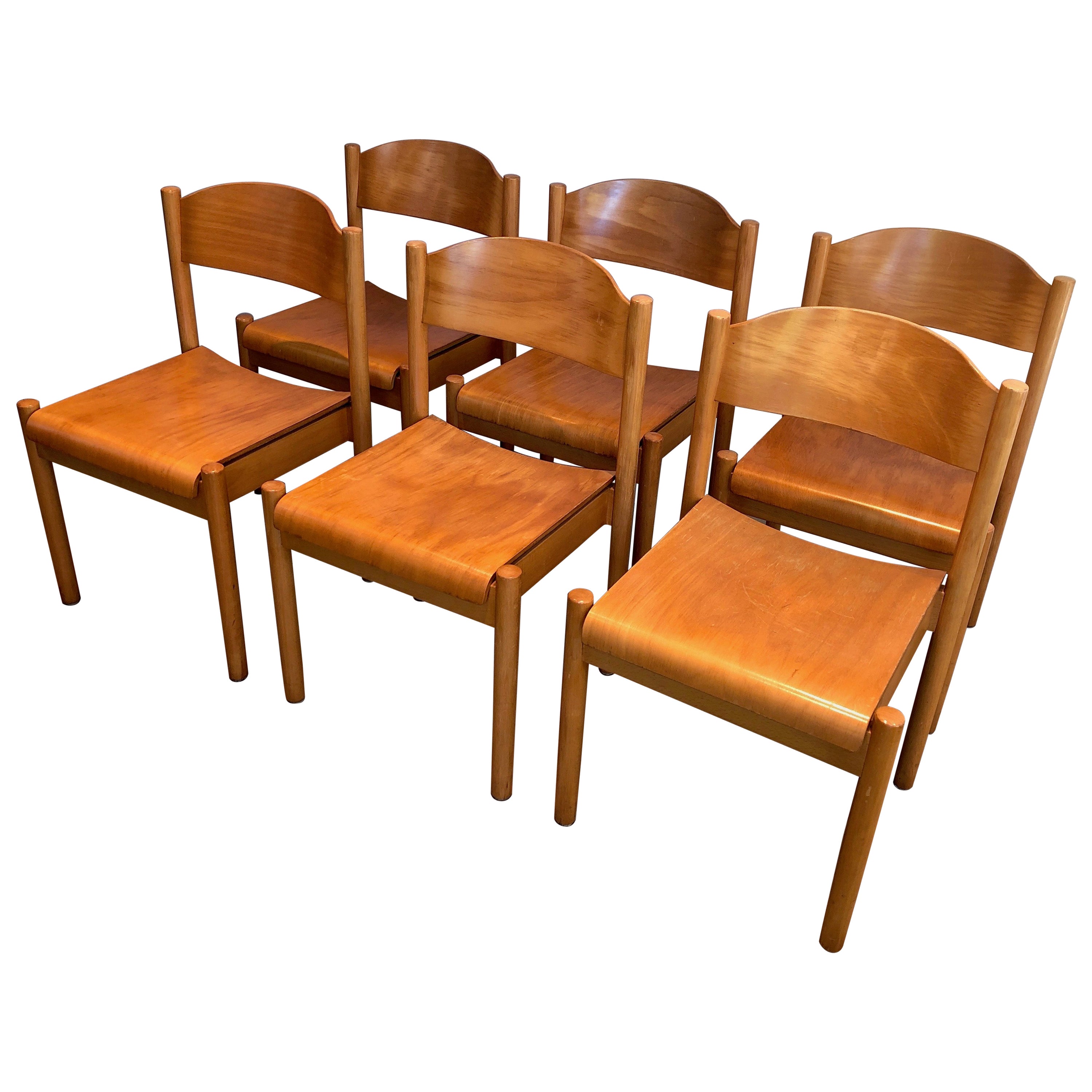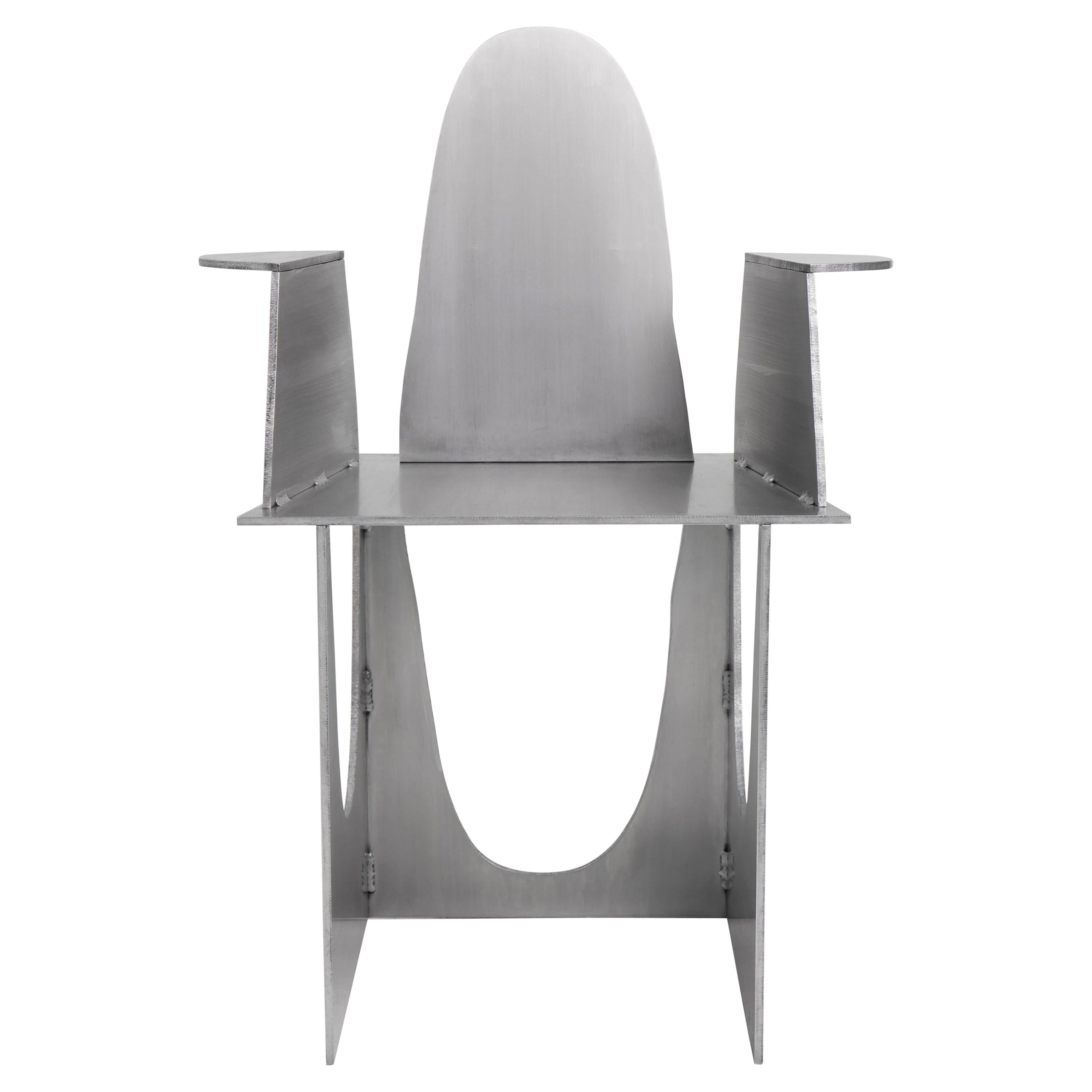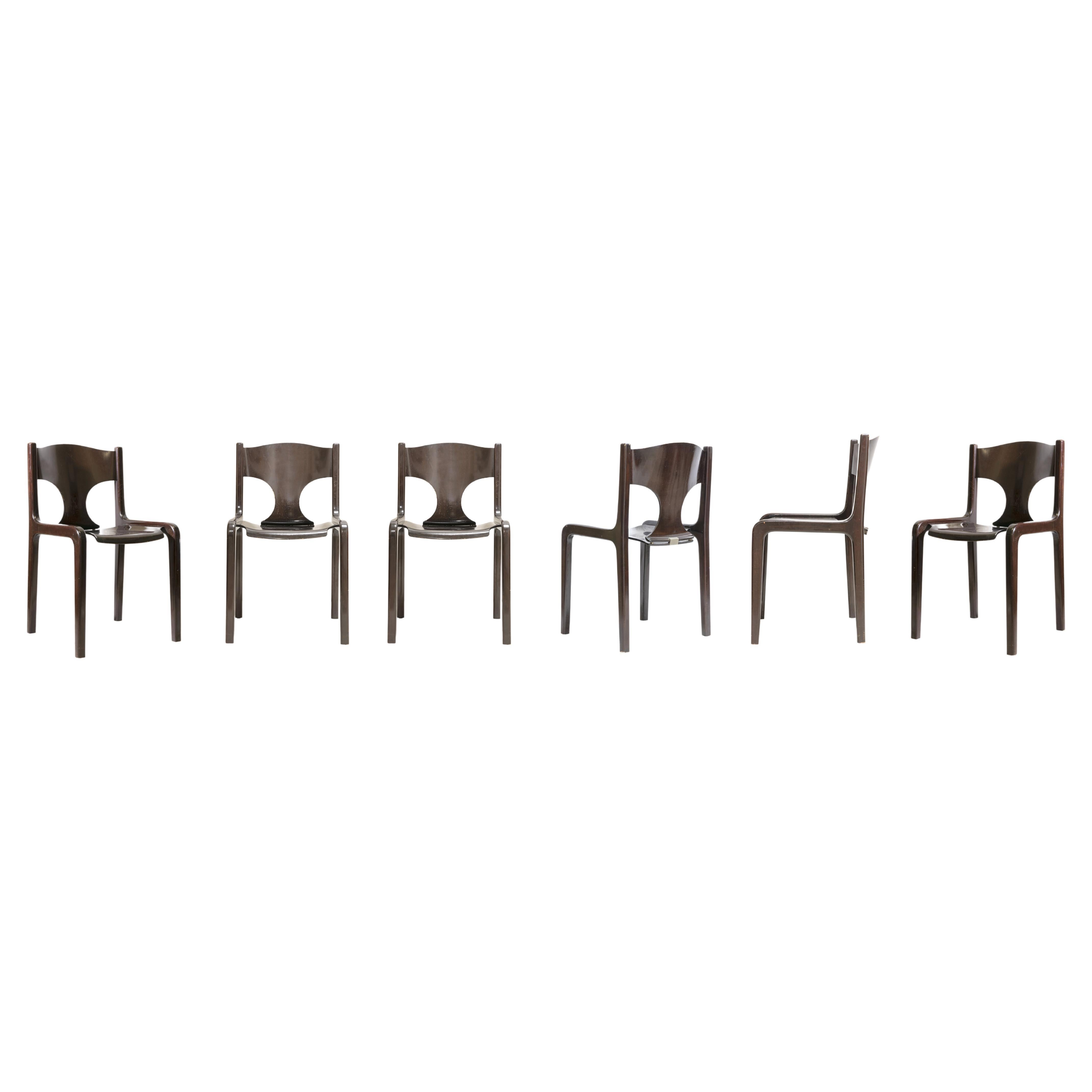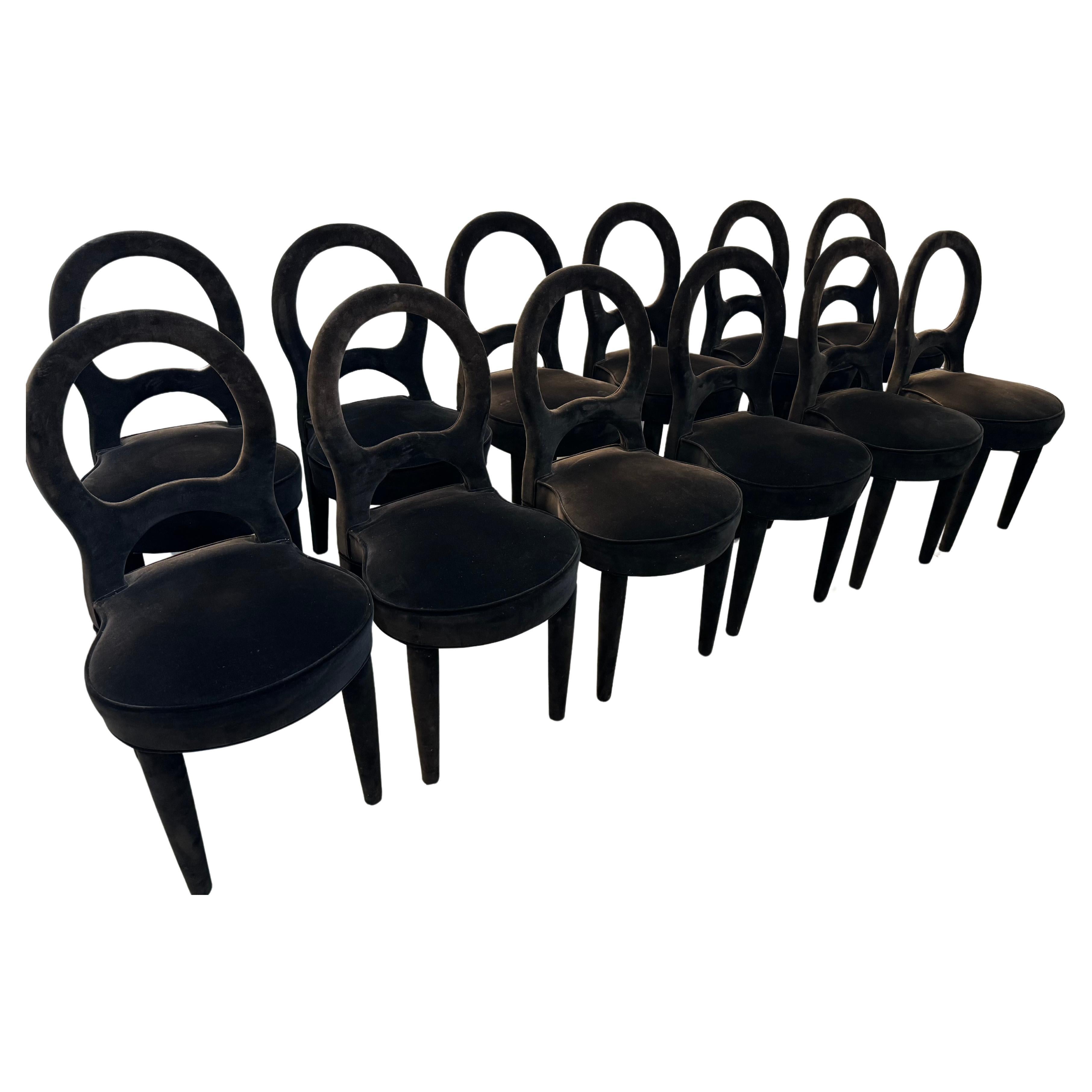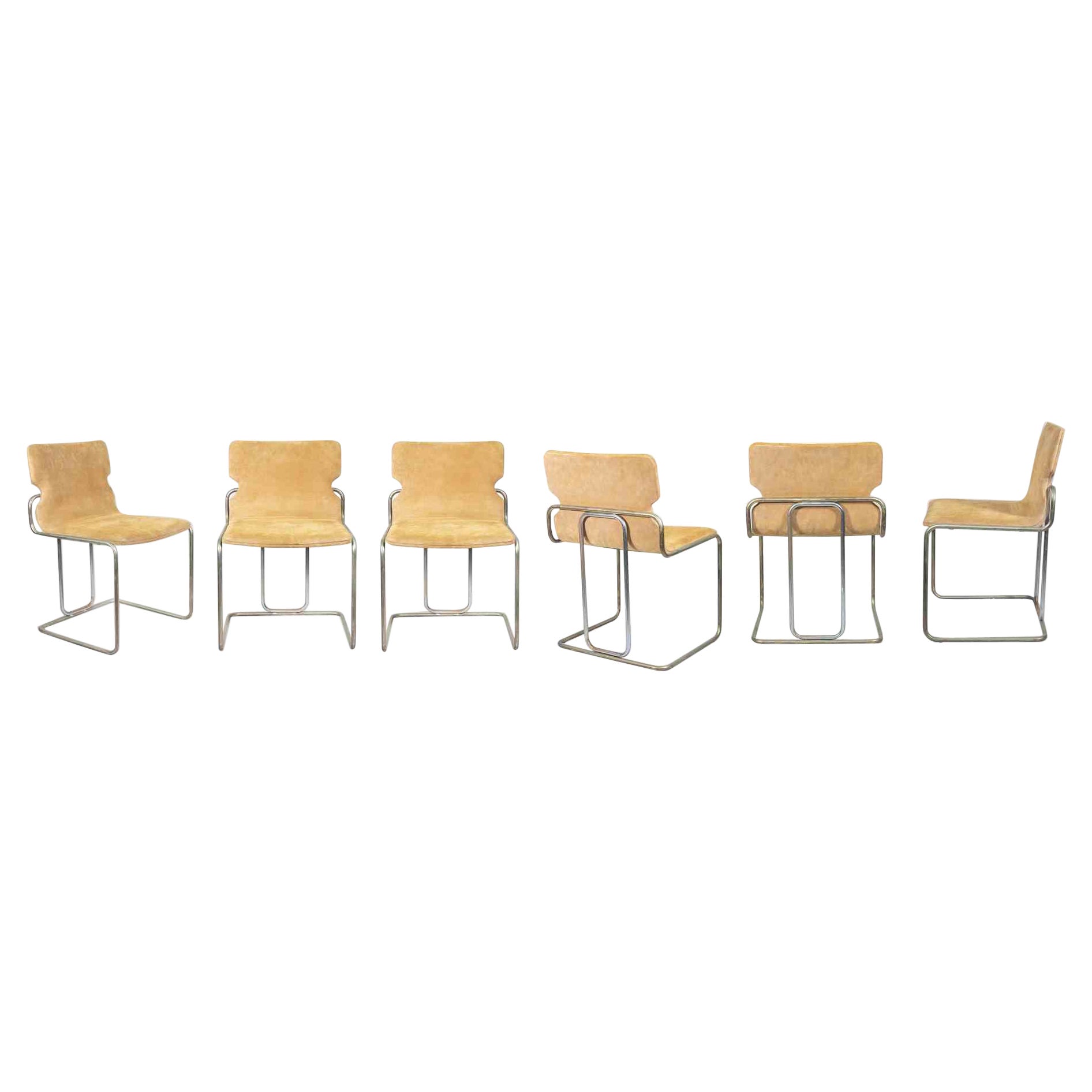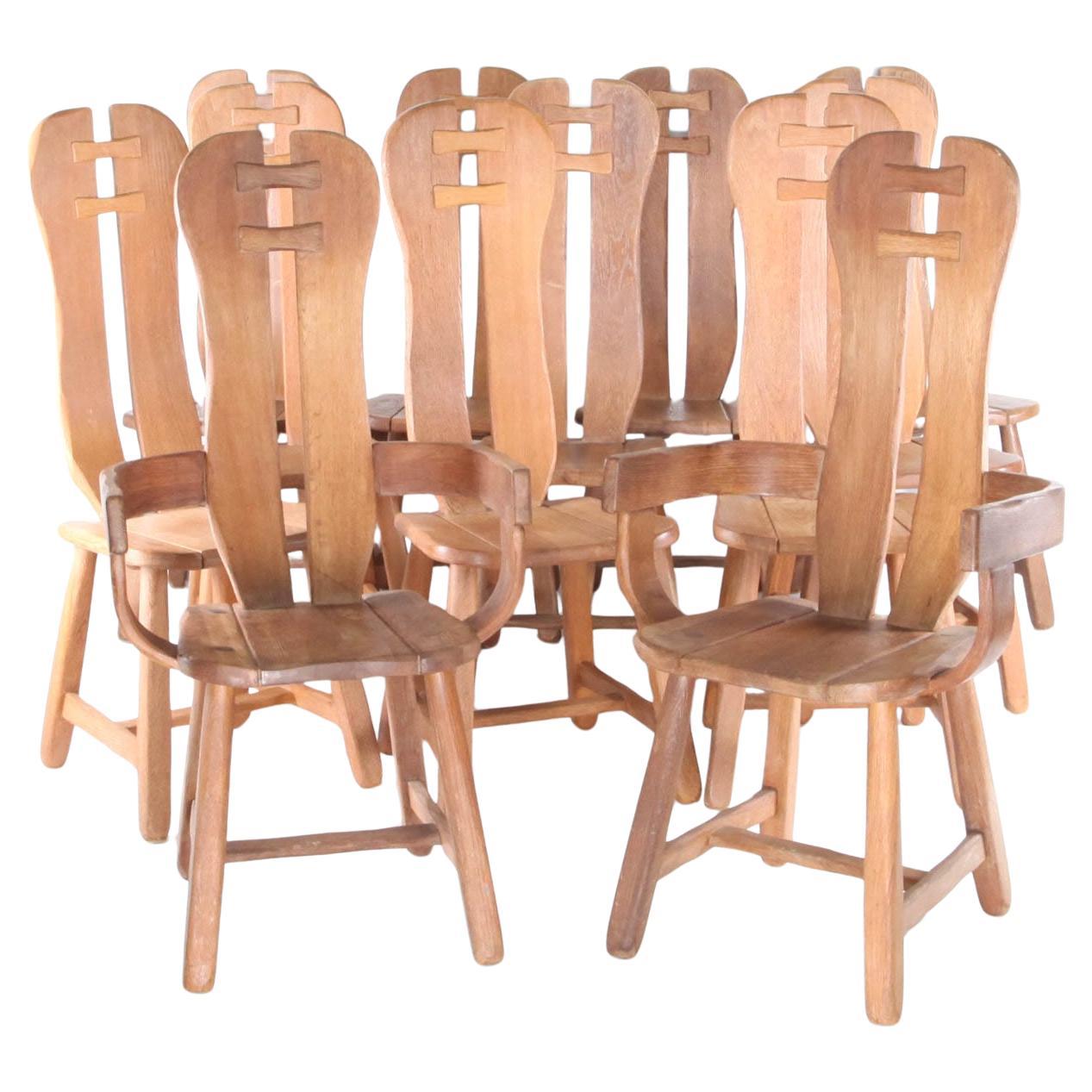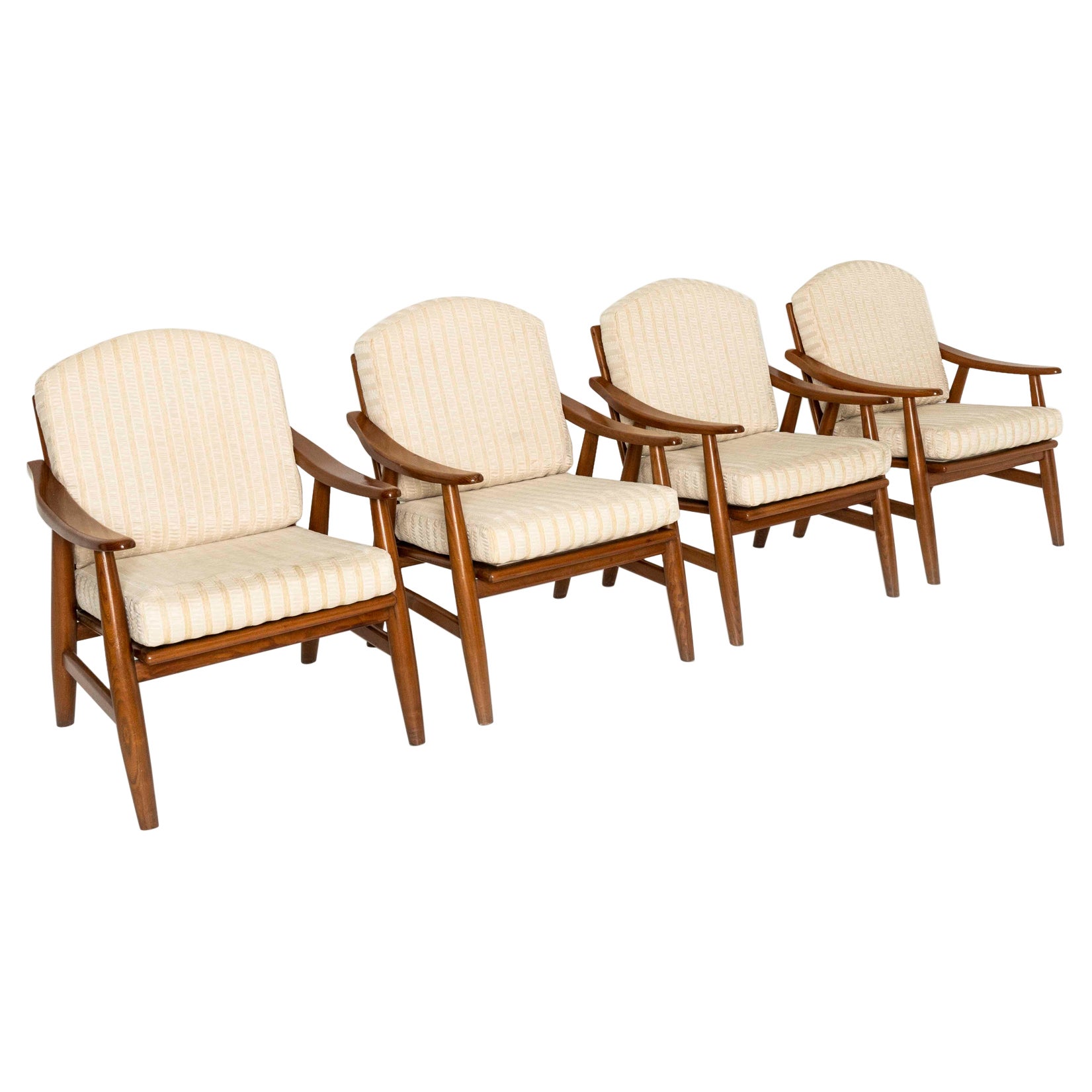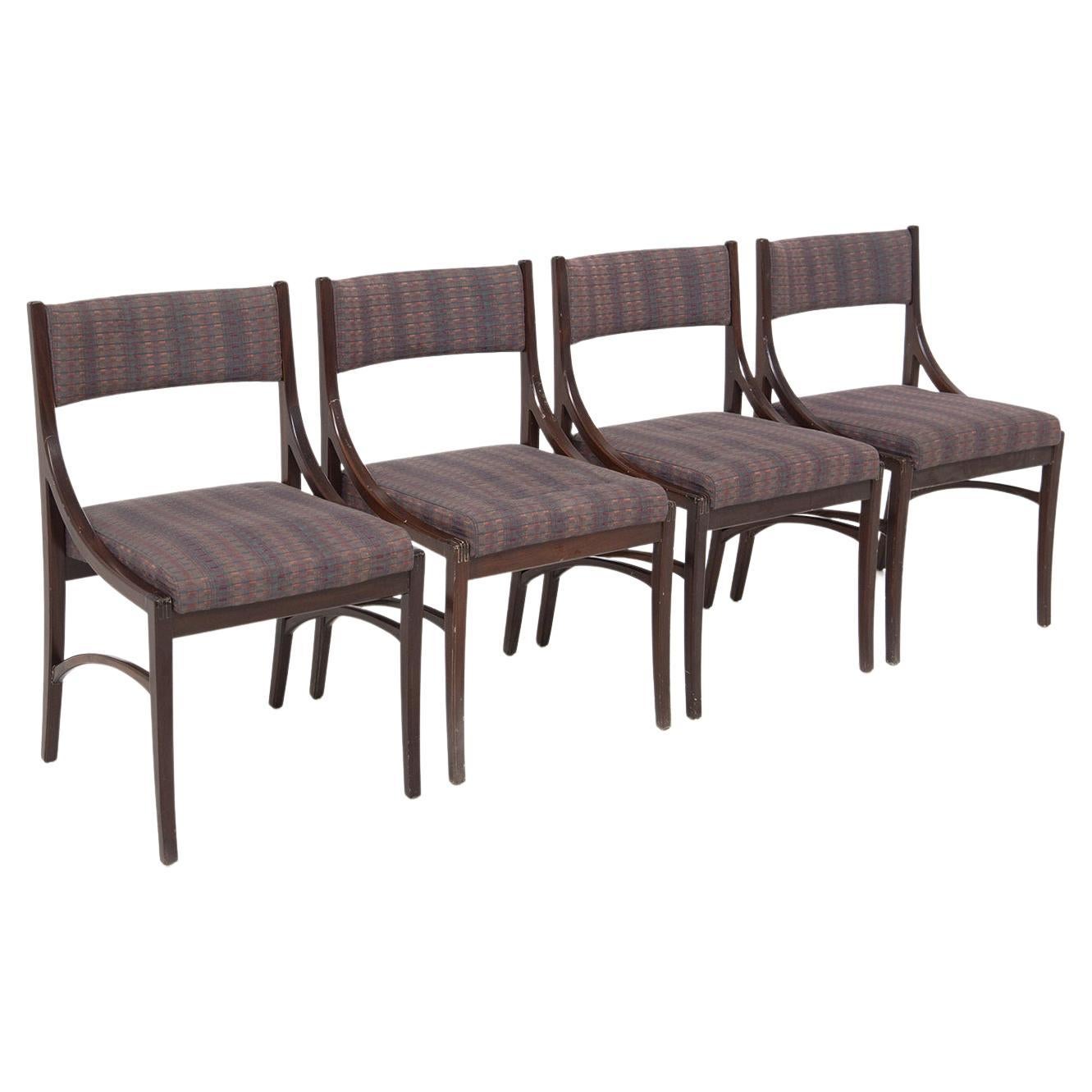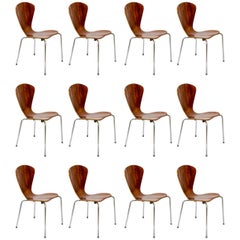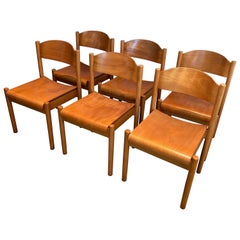
Set of 12 Pub Vintage Chairs by Henri Julien, circa 1970
View Similar Items
1 of 10
Set of 12 Pub Vintage Chairs by Henri Julien, circa 1970
About the Item
- Dimensions:Height: 30.71 in (78 cm)Width: 17.72 in (45 cm)Depth: 16.54 in (42 cm)
- Sold As:Set of 12
- Style:Mid-Century Modern (Of the Period)
- Materials and Techniques:
- Place of Origin:
- Period:
- Date of Manufacture:circa 1970
- Condition:
- Seller Location:Lesquin , FR
- Reference Number:Seller: 35031stDibs: LU222635520623
You May Also Like
- Set of 12 vintage chairs at cost price.Located in Saint-Ouen (PARIS), FRSet of 12 vintage chairs, thermoformed wood and metal legs.Category
Vintage 1950s Italian Mid-Century Modern Chairs
MaterialsMetal
$3,070 Sale Price / set35% Off - Set of 6 Stackable Pine Chairs, German Work by Karl Klipper, Circa 1970Located in Marcq-en-Barœul, Hauts-de-FranceThis set of 6 stackable chairs is made of pine. This is a nice work with curved seat and backpart which make these chairs comfortable with a great design. This is German work by Karl...Category
Vintage 1970s French Mid-Century Modern Chairs
MaterialsPine
- Set of Four Iron and Bamboo Chairs, circa 1970Located in Barcelona, BarcelonaSet of four chairs by unknown manufacturer from France, circa 1970. In original condition, with minor wear consistent with age and use, preserving a beautiful patina. Material:...Category
Vintage 1970s French Mid-Century Modern Chairs
MaterialsBamboo
- Set of 6 Vintage Chairs by Augusto Bozzi, Italy, 1970sBy Augusto BozziLocated in Roma, ITSet of 6 vintage chairs is an orginal design furniture item realized by Augusto Bozzi in the 1970s. The set is composed by six chairs in wood with ...Category
Vintage 1970s Italian Chairs
MaterialsBrass
- Set of 12 "Bilou Bilou" chairs by Promemoria, Italy, circa 2000By PromemoriaLocated in Brussels , BEVery unique and original chairs. Perfect for any interior.Category
Early 2000s Italian Chairs
MaterialsVelvet
- Aluminum Rational Jigsaw Chair by Studio Julien ManairaLocated in Geneve, CHAluminum rational jigsaw chair by Studio Julien Manaira Dimensions: 65 x 46 x 94 cm Materials: brushed and waxed aluminum The intention behind this project is to highlight the traces from the actions of the maker. In this sense, the choice of the jigsaw is deliberate and allows a strong physical relation between maker and material, that will remain tangible in the final object. Each of these cuts is unique and have their own character emanating from what happened on the very moment of the making. They stand out from the regular and smooth cuts realized digitally in a factory. Digital and manual inputs have equal importance in the objects. They communicate their differences in order to create a strong dynamic between the two methodologies of work. Without suggesting which is better, they create their own narrative and are the reflection of two temporalities: the digital work is continuous when the manual work is the track of a particular moment. The created objects intend to be the presentation of these approaches of the material. The dynamic and anarchic way of cutting by hand respond to the linear and supervised vision of the computer-cut elements. The pieces intend to be functional objects carrying the narrated discussion between the controlled and uncontrolled treatments of the material. Julien Manaira (France,1992) successively studied industrial design (La martinière, Lyon) and fine arts -option product design (Esad, Reims). In 2015 he came to Amsterdam to follow a temporary master program (Materialisation in Art and Design) at the Sandberg Institute where he graduated in 2017 before opening his studio in the same city. His graduation project ‘The once liquid plastic’ was awarded by the RADO Star Prize 2017 and the 3rd prize of the Pure Talent Contest at IMM Cologne 2018. In the last years, he exhibited his works in different established and recognized organizations such as Paris Design Week, IMM Cologne, Design Parade Hyères, and Milan Design Week. He was commissioned by different companies, among which Nilufar Gallery, Nubikk, Van Dijk Store as well as private clients. The main focus in his practice is setting processes that allow the manufacturer or him to be mentally and physically involved in the transformation of material towards an object. He believes that this empowerment is a way to engage deeper the audience or user’s perception, and therefore create a stronger connection with the object. Serendipity, combining industrial and artisanal material, are examples of how he aims to create objects that are able to communicate their undergone transformations. Iris Box...Category
2010s Dutch Post-Modern Chairs
MaterialsAluminum
Recently Viewed
View AllMore Ways To Browse
French Pub Chair
Julien Chair
Gray Lithuanian Chairs
Kelly Wearstler Souffle
Landrum Chair
Lithuanian Wood Lounge Chairs
Marcel Breuer B4
Polly Chair
Sedie Chiavarine Vintage
Sedie Chiavarine
Tom Dixon Pylon Chair
Ulna Chair
Ulna Dining Chair
Vintage Koken
Windom Chair
Ycami Collection On Sale
Rainbow Chair By Patrick Norguet
Ribbon Laun
